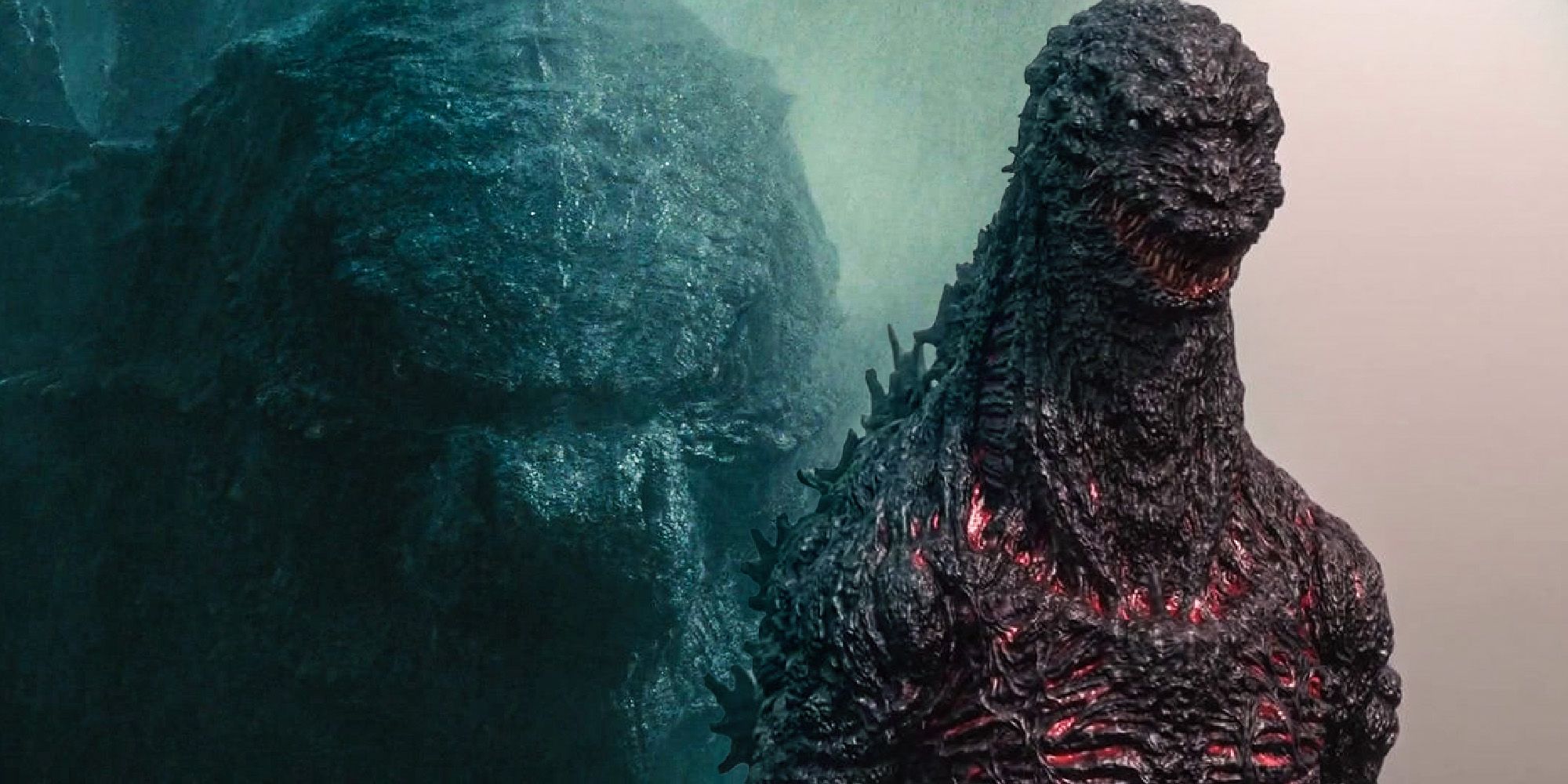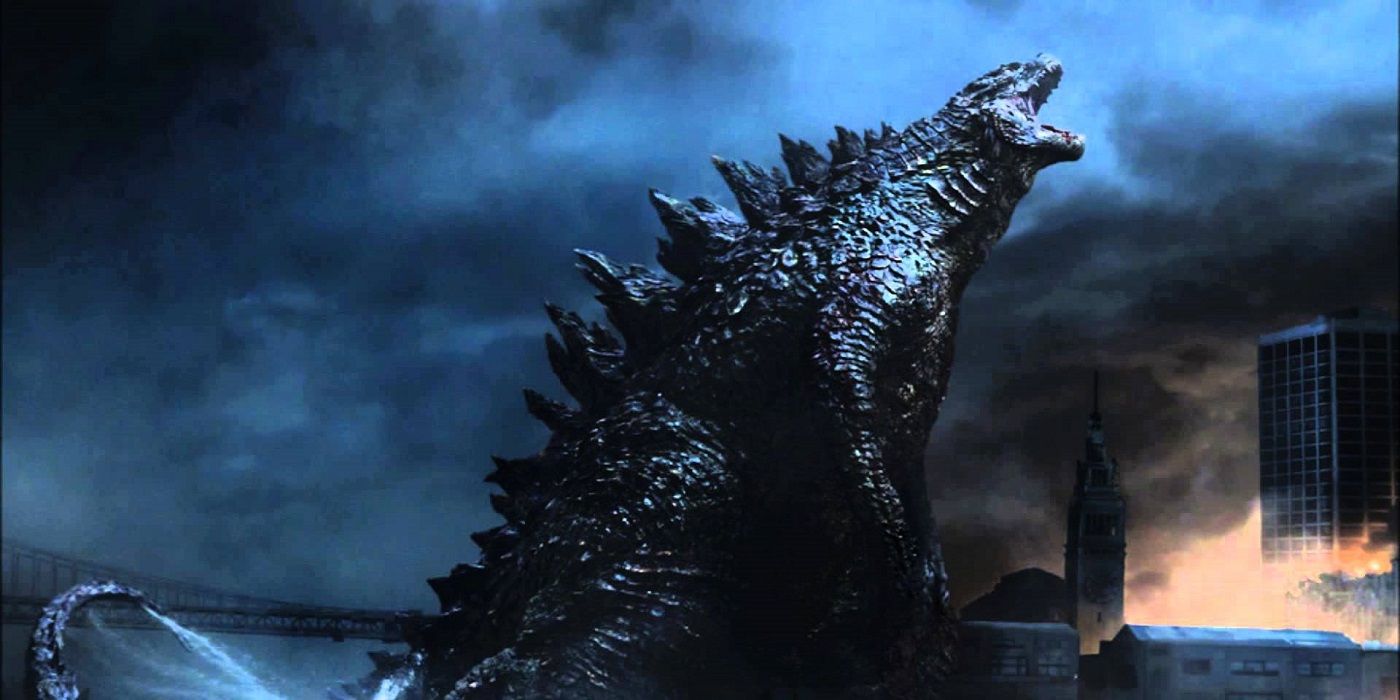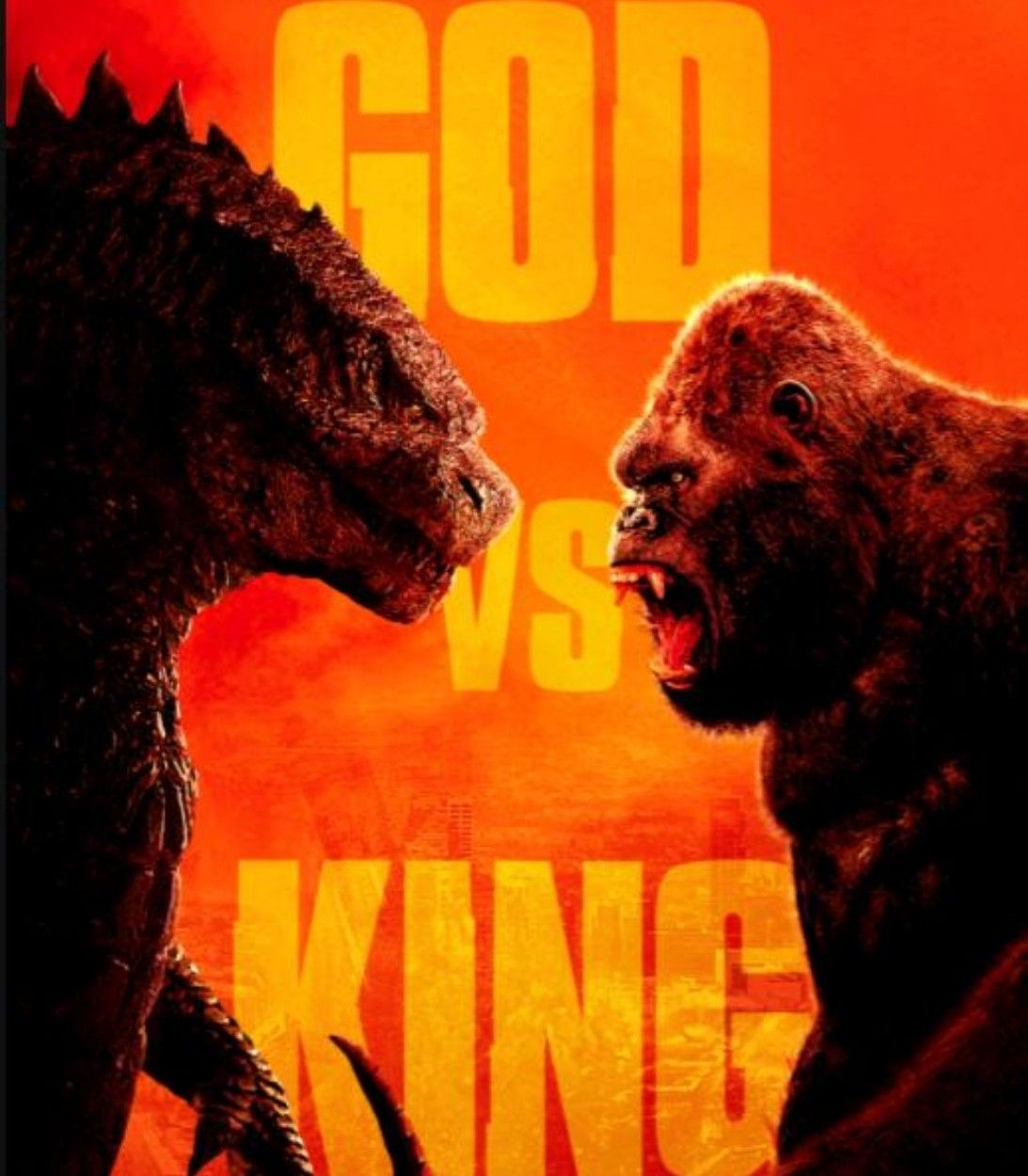The MonsterVerse has handled Godzilla better than Toho did in Shin Godzilla. There have been two different live-actions versions of the King of the Monsters since Toho brought the franchise to a halt after Godzilla: Final Wars in 2004. After acquiring the rights, Legendary and Warner Bros. made what was only the second American adaptation of Godzilla, which released in 2014, and followed it up with a sequel in 2019. A third movie, Godzilla vs. Kong, is coming in 2021. Meanwhile, the renewed interest in their mascot caused Toho to make Shin Godzilla in 2016.
Shin Godzilla shifted away from the standard formula of Toho’s Godzilla movies. Instead of defending Japan from other creatures, Godzilla’s main enemy in the reboot film is humanity itself. After arriving on land, Godzilla’s destructive attacks forces the Japanese government to go to great lengths to defeat him. Over the course of the movie, Godzilla goes through multiple evolutions and causes a great deal of problems for the movie’s human protagonists. Nonetheless, Godzilla is defeated by the end of the movie. Though a sequel was teased by the ending, Toho has expressed interest in going in a different direction with its next Godzilla movies.
As the most recent Godzilla movie from Toho, the film has naturally caused fans to compare it with what Legendary Pictures has done with the character. Interestingly, the MonsterVerse’s Godzilla is more familiar to audiences than the version that appears in Shin Godzilla - a lot of that has do to with his design. Every filmmaker has their own take on what Godzilla should look like, but most are careful not to differ too much from his traditional appearance. Perhaps the biggest mistake that Sony made with 1998’s Godzilla is by completely dropping his old look in a favor of a new one. Fans were turned off of this Godzilla before the movie was even released. Legendary changes the monster as well, but kept the elements that fans love, such as the dorsal fins on Godzilla's back, the blue atomic breath, and more.
Shin Godzilla embraced the horror genre and his monstrous nature, but may have gone too far with that. This was a grotesque Godzilla with incredibly odd transformations that were unlike anything that had ever been done in a Godzilla movie. It didn’t help that he was given powers (like the ability to shoot atomic rays out of his tail) that didn’t really fit him. Legendary’s Godzilla, on the other hand, is more like the monster that audiences remember from the Showa, Heisei, and Millennium eras.
There’s also the matter of who Godzilla is as a character. Admittedly, Toho’s Shin Godzilla does succeed when it comes to bringing Godzilla back to his 1954 roots by making him the product of humanity’s destructive impulses. But in focusing solely on this side of Godzilla, the movie misses out on some of the most fundamental aspects of his character. The monster seen in Shin Godzilla feels rather lifeless and without the spirit of previous versions. His mindless rampages keep him from being a monster that audiences can understand or root for.
The 1954 film is a classic, to be sure, but it alone doesn’t define Godzilla, and that’s a big part of what Shin Godzilla gets wrong and what the MonsterVerse gets right. The MonsterVerse’s depiction of him simultaneously honors the Showa series, when Godzilla was viewed as the protector of Japan, and the 1990s Godzilla movies where he was a mysterious anti-hero. The MonsterVerse may have adjusted Godzilla's purpose and history, but the important thing is that he still felt like Godzilla. Legendary’s movies have done well to capture the spirit and personality of Godzilla from all eras in ways that Toho’s last movie didn’t.



